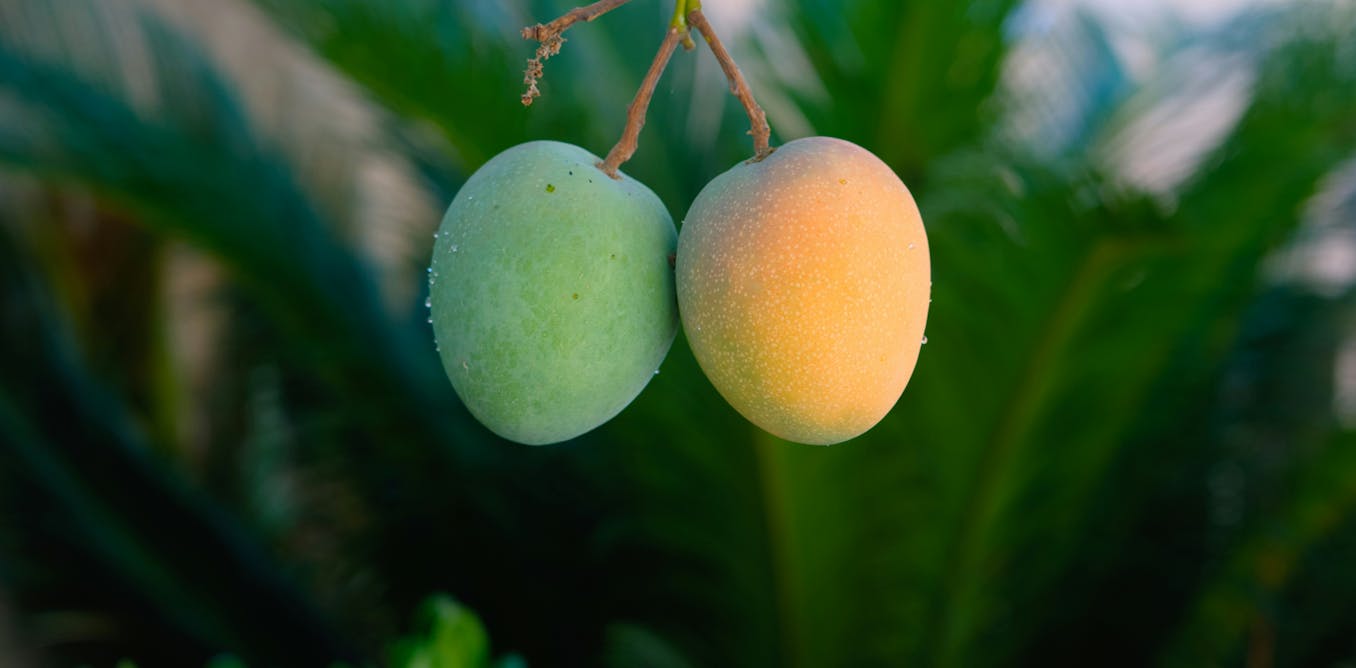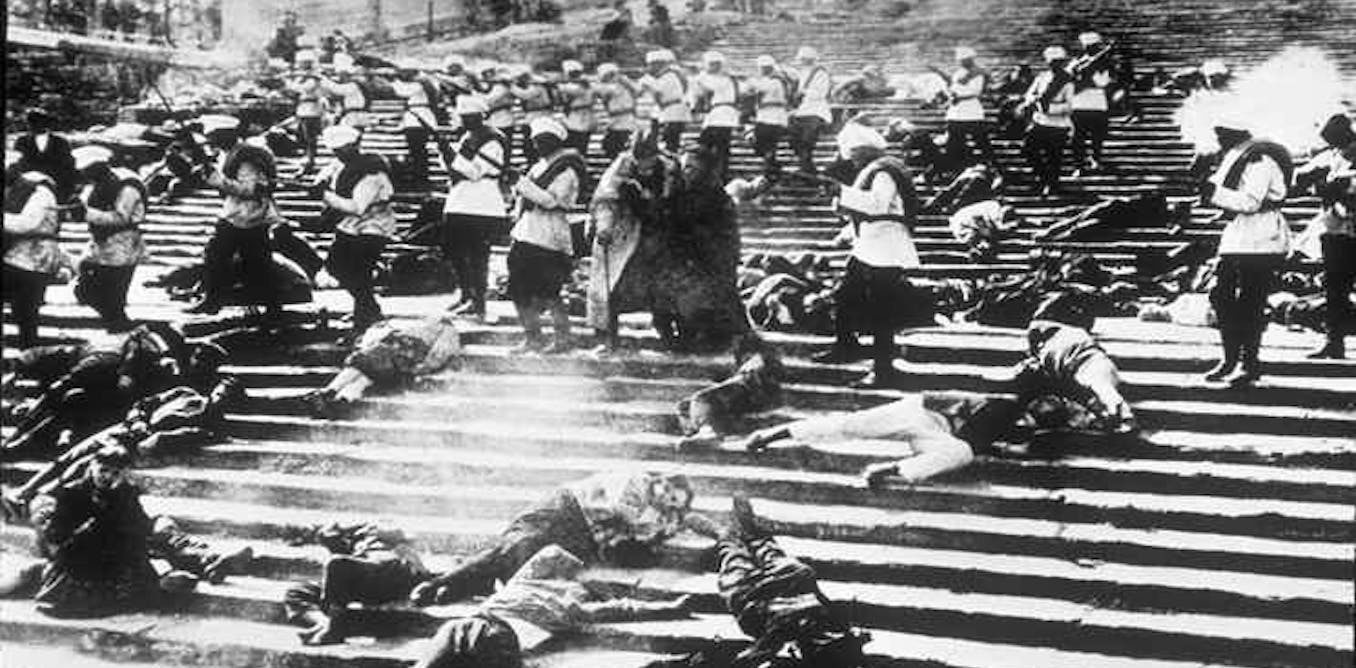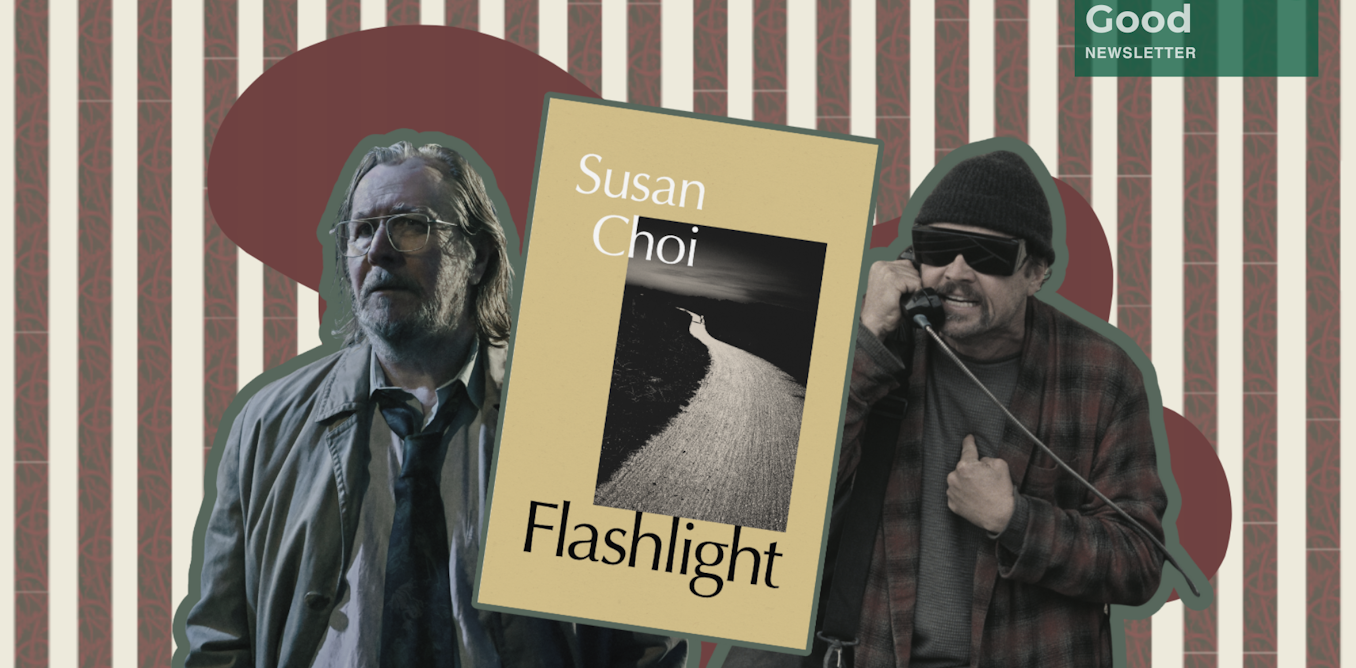The witch Agatha Harkness, played by Kathryn Hahn, was the breakout character of the Disney+ Marvel miniseries WandaVision in 2021. The series ended with Harkness trapped inside the disguise of nosy neighbour “Agnes” and cut off from her magic – but she is about to return in her own spin-off series, Agatha All Along on September 18. However, Harkness has a longer history than some fans of the show might realise.
Created by Marvel’s Stan Lee and Jack Kirby in 1969, Harkness was, until recently, portrayed as an old woman whose age was impossible to guess. She has been an ally to the Fantastic Four and the Avengers. She also appeared during quite a fraught time in US comics history.
Following a moral panic about the “immorality” of comic books, the US comics industry attempted to mollify their critics through self-regulation, establishing a code for content in 1954. This code, to which publishers had to adhere to protect their sales figures, prohibited vampires, ghouls, werewolves and horror content in general. Witches were not specifically mentioned among the prohibited stock characters (perhaps due to the legacy of “good witches” in US media, such as The Wizard of Oz and Bewitched), but they had to be on their best behaviour – comedic rather than creepy.
Harkness was introduced as a nanny for Franklin Richards, infant son of Mr Fantastic and the Invisible Woman, in Fantastic Four #94 (October 1969), a lighthearted Halloween special. In this issue, she lives in a spooky mansion on Whisper Hill and is only known as a childminder.
Her true nature is revealed to the reader in a later comic, when the Frightful Four try to kidnap baby Franklin, provoking a magical response. The Fantastic Four, meanwhile, are none the wiser, having been trapped in their rooms throughout the ordeal. Harkness’s powers are finally revealed to her employers in Fantastic Four #110 (February 1971).
The escalation of Harkness’s powers, and her openness about her witchy nature, came just before a change in comics regulation. In the same month, a story featuring drug abuse in Amazing Spider-Man issues 96-98 meant these issues had to be distributed without the Comics Code Authority (CCA) stamp of approval. However, the story was very positively received by parents’ and teachers’ groups, and reported favourably in the news media, prompting the CCA to update its code. As part of that update, the prohibition on horror and occult tropes was rescinded in 1972.
More of Harkness’s personal history is revealed in issues 185 and 186 (May 1977) when the Fantastic Four uncover a secret community of witches named New Salem, which Harkness used to lead. Harkness’s power-hungry son Nicholas Scratch kidnaps her, believing that she has betrayed the secret town to the outside world, but thanks to the Four’s intervention, the witches of New Salem turn against him and banish him to another dimension.
Scratch’s super-villain team, Salem’s Seven, try to return him to Earth, but are foiled by Harkness and Richards once more in Fantastic Four Annual #14 (October 1979).
In his next attempt to return, in issues 222-223 (June-July 1980), Scratch possesses Richards to incapacitate the Four and enact a ritual to remove the barrier between Earth and the Dark World. Harkness defeats her son, strips him of his powers and disowns him, thereafter deciding to remain in New Salem.
Dangerous liaisons
It’s clear that Harkness was sometimes a difficult guest character for her creators. There were few limits on her arcane power and she overshadowed headline characters in their own comics. It seems that for Harkness to work as a protagonist, the heroes around her had to be disempowered somehow – locked in rooms, possessed, mind-controlled or otherwise taken out of commission.
This works for a comedic story like her first appearance, but not so much for arcs with serious, high-stakes conflict. In Vision and the Scarlet Witch Vol. 2 #3 (September 1985), we learn that Salem’s Seven have finally killed Harkness. However, when she shows up in person and very much alive in Avengers West Coast #51 (August 1989), she brushes off mentions of her death as if they were of no consequence.
Harkness’s most significant associate is Wanda, aka the Scarlet Witch, whom she starts training in Avengers 128 (July 1974). Their tumultuous relationship again revolves around children. Harkness tells Wanda how to use magic to conceive children with her android husband, Vision (Vision and the Scarlet Witch Vol. 2 #3), and she later messes around with Wanda’s memories of those children. She erases memories of them to spare Wanda the trauma of losing them in Avengers West Coast 52 (September 1989), but undoes this ten issues later to try to release Wanda from mind control (July 1990).
As revealed in The Avengers 503 (November 2004), this manipulation drives Wanda to kill Harkness. Her ghost returns in Wanda’s own series, Scarlet Witch (December 2015 onwards), eventually being resurrected for a second time in issue 14 (January 2017).
The version of Harkness we see in WandaVision is an outright villain, which raises questions about what we can expect from Agatha All Along. So far, all we know of the premise is that Harkness escapes Westview with the help of a teen fan (rumoured to be the magic-wielding hero Wiccan), and assembles a new coven. It will be interesting to see if more elements from Harkness’s past are introduced. New Salem would be fun to see on TV, in all its gargoyle-infested glory, and Scratch would make an interesting adversary.
With such a lengthy history to draw upon and reinvent, there’s a wealth of storytelling potential in Madame Harkness. From enigmatic ally to compelling villain to sarcastic antihero, she is as changeable as a witch ought to be. Let chaos reign.
Looking for something good? Cut through the noise with a carefully curated selection of the latest releases, live events and exhibitions, straight to your inbox every fortnight, on Fridays. Sign up here.

The post “the Marvel comics witch who broke societal barriers and left superheroes powerless” by Jack Fennell, Lecturer in English, School of English, Irish and Communication, University of Limerick was published on 09/16/2024 by theconversation.com




































Leave a Reply